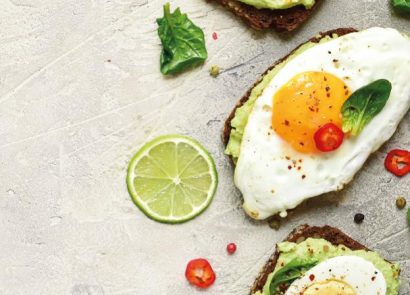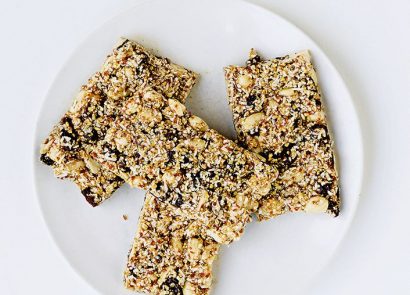-
Don’t forget to stretch Make sure that your joints and muscles are warm before stretching. You can do this by either stretching at the end of a workout or by engaging in 5-10 minutes of light activity, such as walking or jogging. Hold each stretch for a minimum of 30 seconds, switch sides and repeat. If a stretch is particularly tight, it can help to repeat it up to three times. Be gentle with your stretches and don’t bounce in them as this can cause injury or pain. Stretching will not only help to improve your flexibility, but also your posture and performance in the gym.
-
Massage those muscles New research has shown the benefits of self-myofascial release (a fancy name for self-muscle massage) for increasing flexibility and preventing injury. Rather than getting a costly sports massage, you can use a foam roller or product such as Deep Heat Muscle Massage Roll On Lotion at home.
These can massage deep into the muscles, increase blood flow and flexibility and therefore limit soreness and tightness of the muscles. You can use them all over your body for a great range of movement. -
Puff your chest If you spend part of your day hunched over a desk or laptop, chances are your chest is tight, which can lead to poor posture, reduced flexibility and back issues. Use an open door frame for a great chest stretch. Stand inside the door and place your hands on either side of the frame, with your forearms at a 90 degree angle to your upper arms.
Gently step forward with your right leg while keeping your arms firmly on the door. As you step forward you will feel a stretch across your chest and shoulders. Breathe into the stretch and hold for 30 seconds. -
Stay hydrated Muscles are mainly composed of water, so without enough hydration they won’t be able to operate at maximum level. This means you’ll fail to get the most from your stretches and therefore find it more difficult to improve your flexibility. Keep your body hydrated and your muscles functioning nicely by making sure you drink plenty of water before and during a workout – aim to drink eight to ten glasses a day. Drink coconut water to replace lost electrolytes quickly after an intense training session.
-
Get closer to the splits A great stretch to improve the flexibility of your inner thighs, groin, hips and lower back is the butterfly stretch. Sit on the floor with the soles of your feet pressed together and your knees dropped to the side, as far as they will comfortably go. Grasp your feet with your hands, and take a deep breath in. As you breathe out, gently try to bring your knees closer to the floor while you lean further forwards from your hips. Imagine you’re trying to bring your forehead to the floor in front of you. Hold for 30 seconds.
-
Become a yogi If you’re not flexible then chances are you avoid yoga, but in fact you are the very ones who should be taking up classes. As well as relaxing you and improving concentration levels, yoga strengthens the muscles and can give you better posture and flexibility. On your first go, remember to take deep breaths as you get into the poses and don’t try to hold them for longer than you’re able to. You can increase the time slowly as you become more experienced.
-
Extend your hamstrings Hamstrings, the back of the upper leg, are one of the most commonly tight and inflexible areas of the body. Luckily, you can release the tension with a basic stretch. Sit on the floor with your legs extended out in front of you. Reach down with your arms and attempt to touch your toes. If you find this challenging, reach as far down your legs as possible and touch your knees or shins. Feel a gentle stretch in the back of the legs and hold it for 30 seconds. Slowly breathe in and out as you try to relax further into the stretch.
Show your inbox some love
Get a weekly digest of Health & Wellbeing emailed direct to you.




















